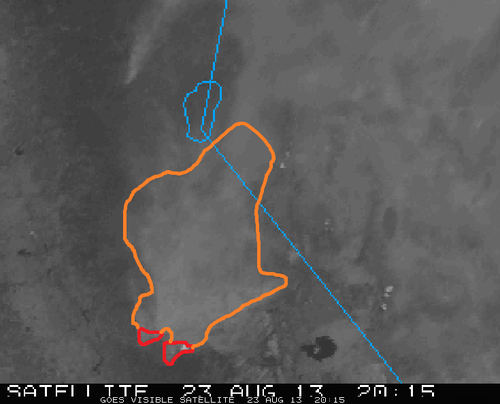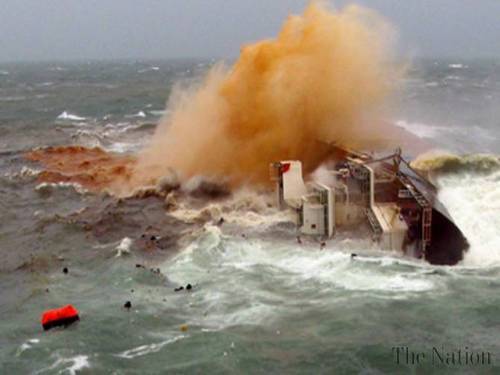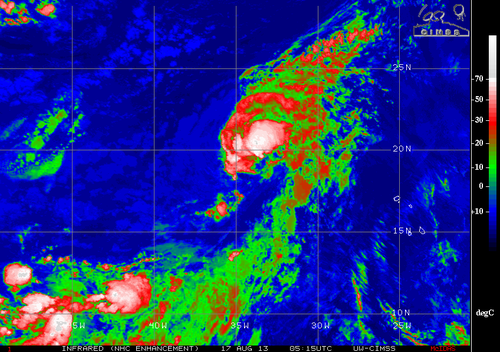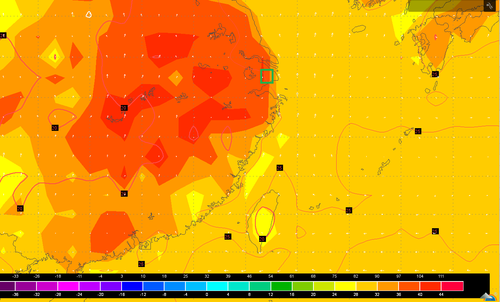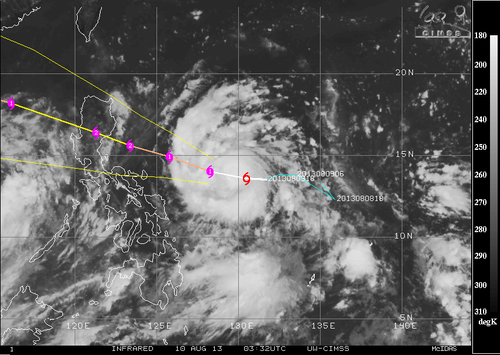Flooding Problems for Taiwan
This past week the southern half of Taiwan has been experiencing significant flooding following a tropical storm that made landfall. Tropical storm Kong-Rey made landfall on the 29th bringing with it drenching rains. Very high rainfall accumulations along the west coast of Taiwan were reported, 500 millimeters in some areas within a span of 48 hours. That’s about as much rainfall as Winnipeg gets in a year! The flooding rains made so that second-story levels of building were underwater in some areas. Around 3,600 people had to be evacuated of the low lying areas while three perished in the floods.
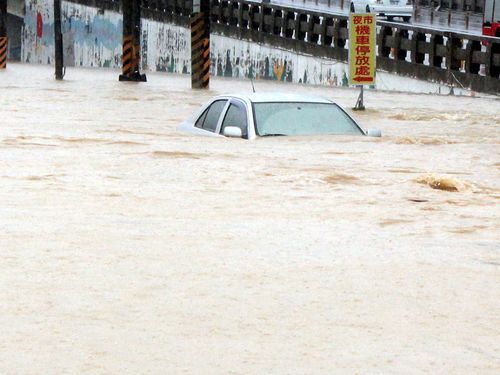
Kong-Rey has since moved off to the north-east and skirted around Japan’s west coast. No severe weather was experienced in Japan since it has been downgraded to a tropical depression and had significantly weakened. As of Saturday morning not much was left of the tropical depression as it has continued drifting into the Pacific and will die off there.
Elsewhere throughout the globe not much significant weather has been occurring this week. The Atlantic hurricane season has been remarkably slow this year with no hurricanes and only six tropical storms. No hurricane development is expected in the next few days, though September is on average the most active month of the year in the Atlantic.
Also, a quick update on the large California wildfire burning near Yosemite; the fire is now about a third contained as the crews continue to battle the fire. The weather pattern is expected to remain relatively the same as last week over the area – warm and dry for the coming week.
